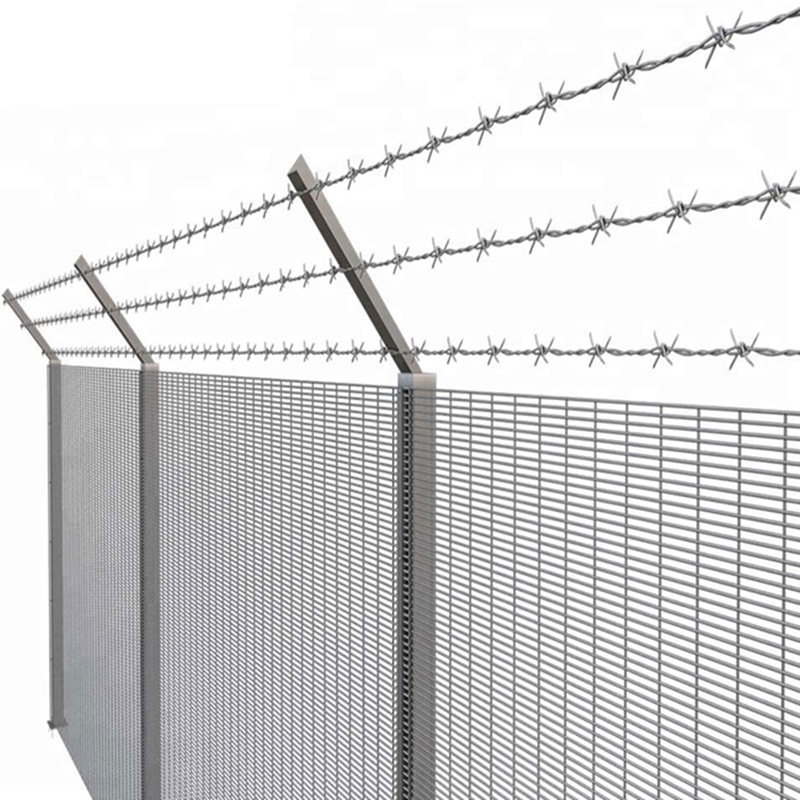Nov . 02, 2024 07:39 Back to list
flat steel bar grating
Understanding Flat Steel Bar Grating Applications and Advantages
Flat steel bar grating is a versatile and durable material widely used in various industrial and commercial applications. Composed of flat steel bars manufactured through welding or mechanical means, this type of grating offers excellent load-bearing capabilities, safety features, and aesthetic appeal. Its unique structure allows for effective drainage, ventilation, and light penetration, making it an optimal choice for a multitude of settings.
One of the primary applications of flat steel bar grating is in flooring or walkway systems. Its robust design can support heavy loads while providing a slip-resistant surface for pedestrians and vehicular traffic. This quality makes it particularly suitable for industrial environments, such as factories, warehouses, and manufacturing plants, where heavy machinery and equipment are common. Additionally, flat steel bar grating can be installed in outdoor settings, like walkways and bridges, where durability and safety are paramount.
Another significant advantage of flat steel bar grating is its ability to facilitate drainage. The open design allows water, debris, and other materials to pass through easily, preventing the accumulation of liquids that could pose hazards. This feature is especially critical in areas prone to spills or flooding, such as chemical processing plants, wastewater treatment facilities, and food processing industries. By utilizing flat steel bar grating, operators can maintain a safer environment while reducing the risk of slips and falls.
flat steel bar grating

Flat steel bar grating also boasts aesthetic benefits in architectural applications. Its sleek, industrial look can enhance the visual appeal of a structure while offering a modern touch. Designers often integrate it into staircases, balconies, and railings, forming a striking contrast against other building materials. Additionally, custom designs can be created to match specific architectural styles or branding requirements, making flat steel bar grating a popular choice among architects and designers.
Maintenance is another area where flat steel bar grating excels. Its corrosion-resistant properties—particularly when galvanized—ensure a long lifespan with minimal upkeep. Periodic cleaning is usually sufficient to maintain its functional integrity, making it cost-effective in the long run. This ease of maintenance further encourages its use in settings that demand high hygiene standards, such as healthcare facilities and food processing plants.
In conclusion, flat steel bar grating stands out as a reliable and multifunctional solution for various applications. Its strength, safety features, aesthetic flexibility, and low maintenance requirements make it an ideal choice for industrial, commercial, and architectural projects. As industries continue to evolve and prioritize both functionality and design, the role of flat steel bar grating will undoubtedly remain significant in shaping modern infrastructures.
-
High Quality 9 Gauge Expanded Metal Mesh & Chain Link Wire Mesh Fence Manufacturer
NewsJun.10,2025
-
Barbed Wire Roll Price - Wholesale Exporters & Reliable Factories Supply
NewsJun.10,2025
-
High-Quality Temporary Mesh Fence Panels for Sale Durable Temporary Fence Panels Supplier
NewsJun.10,2025
-
Welded Wire Fence Mesh Exporters Custom Sizes & Competitive Pricing
NewsJun.10,2025
-
Durable China Expanded Metal Security Mesh High-Security & Affordable
NewsJun.10,2025
-
White Expanded Metal Mesh Durable for Temp Fencing & Plaster
NewsJun.10,2025



